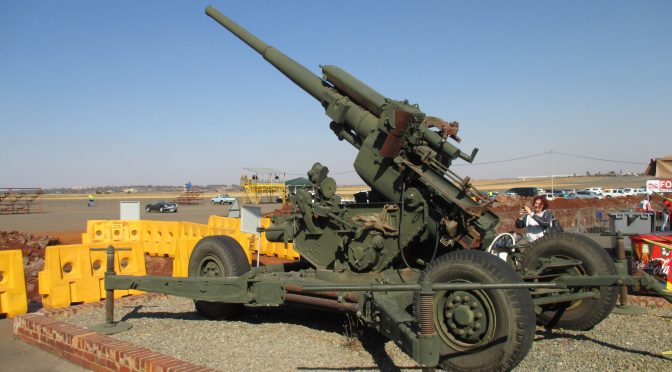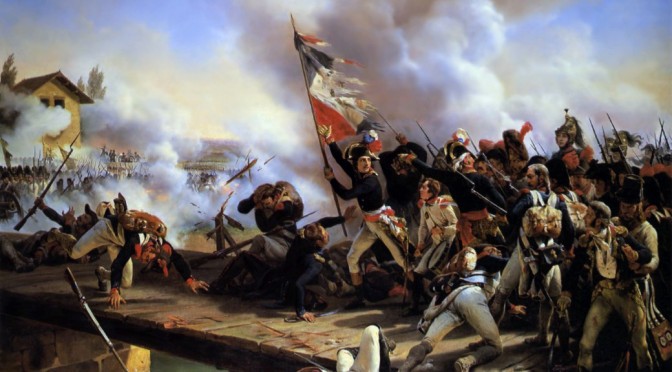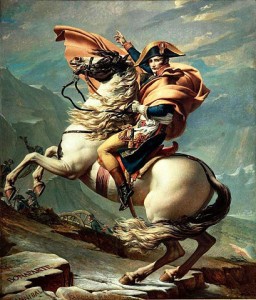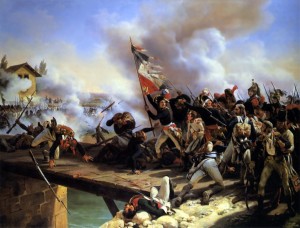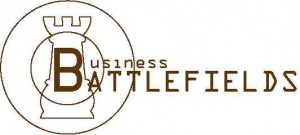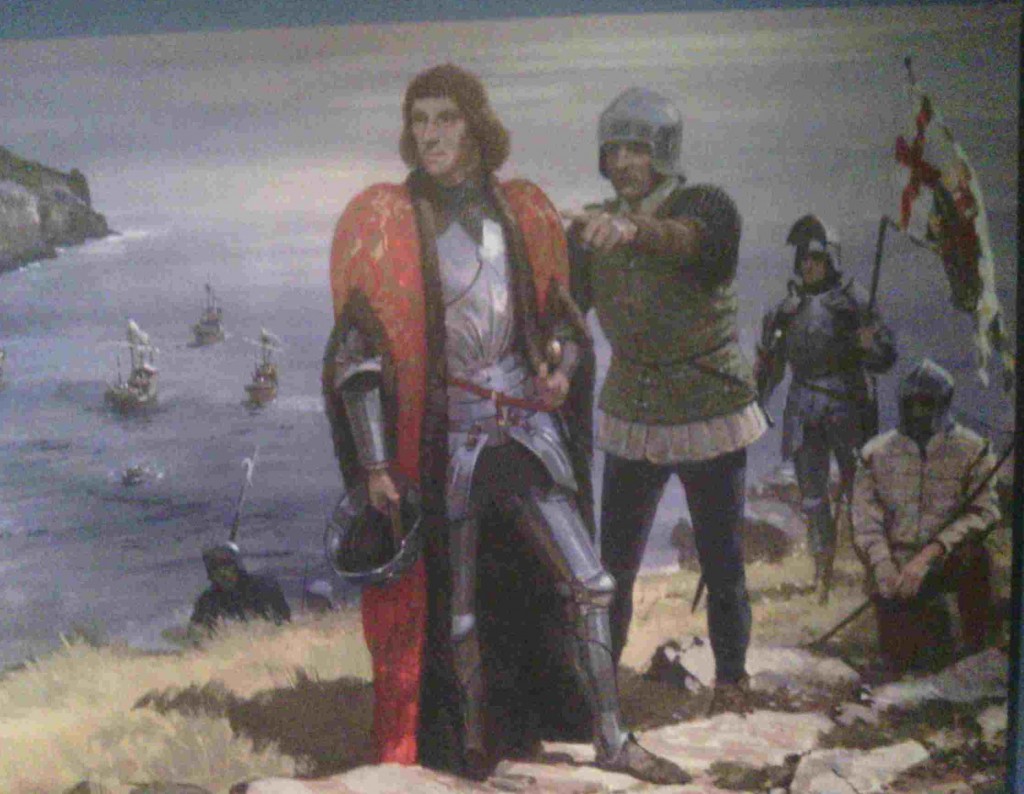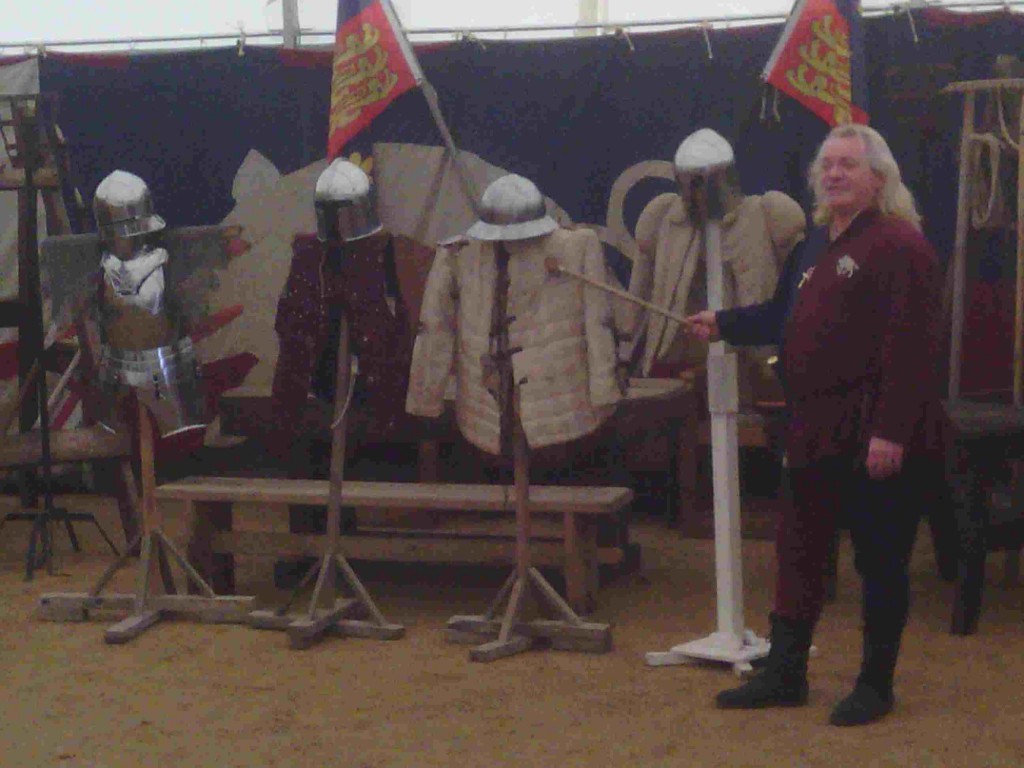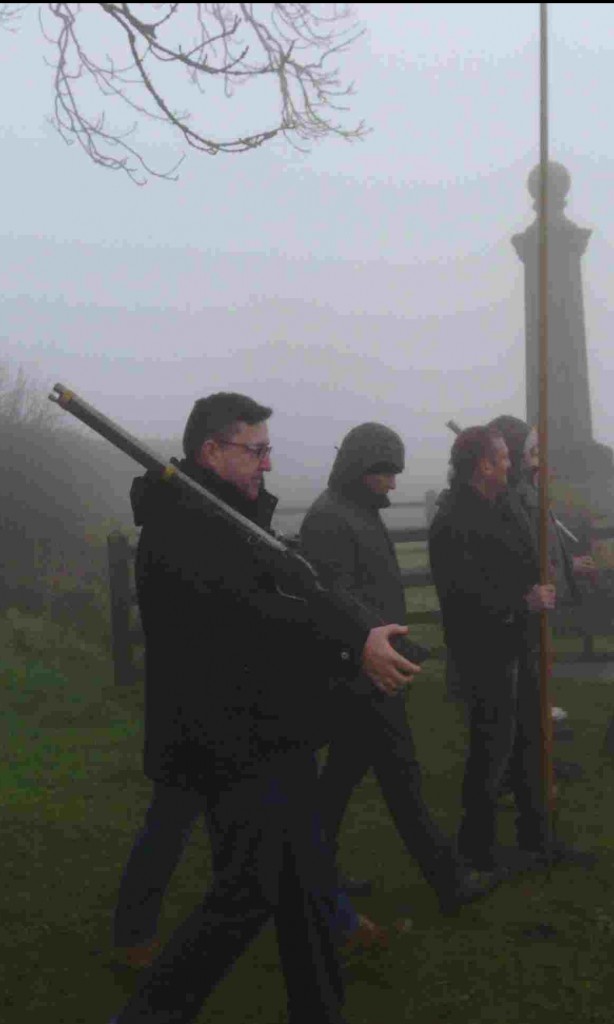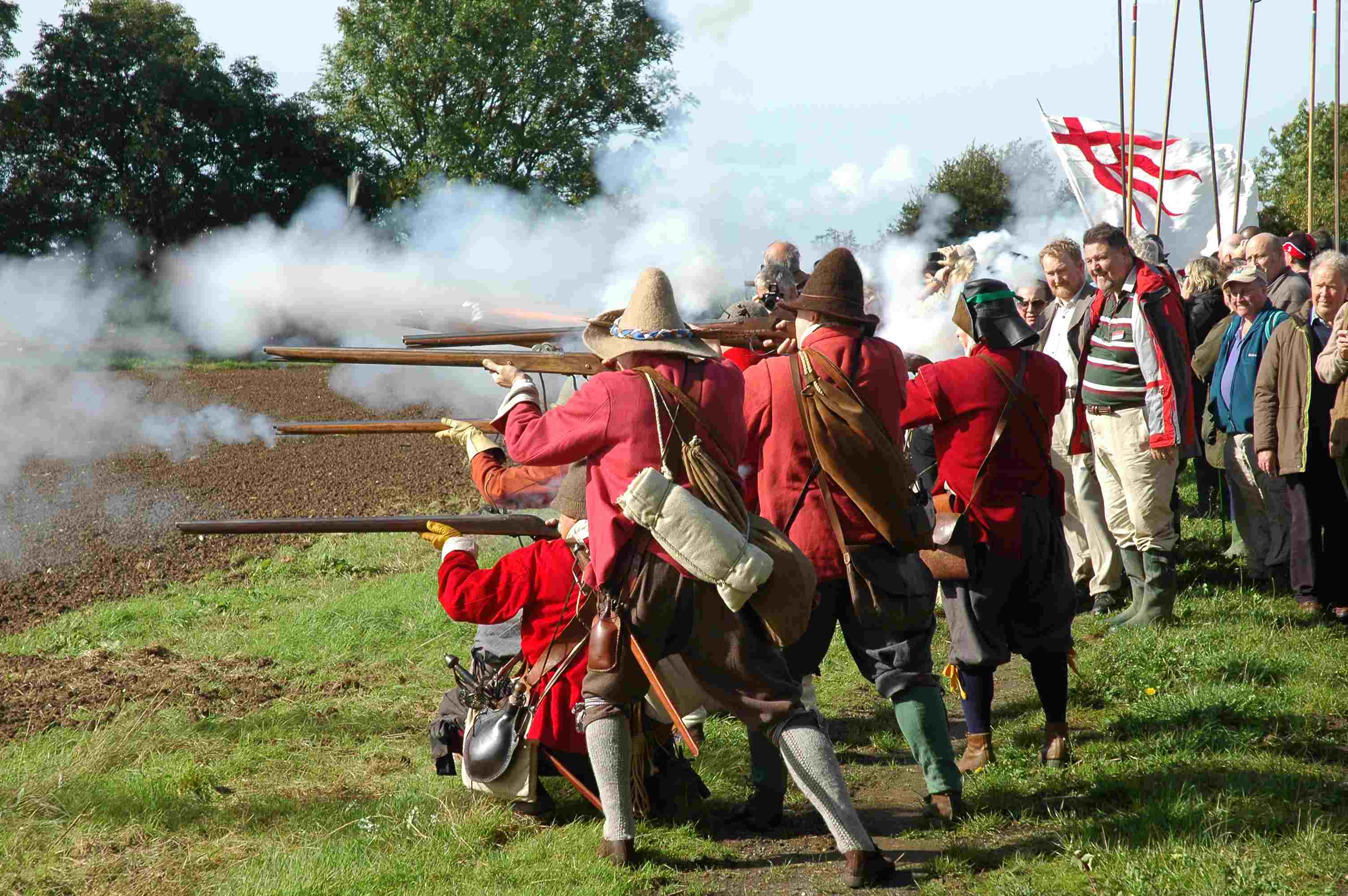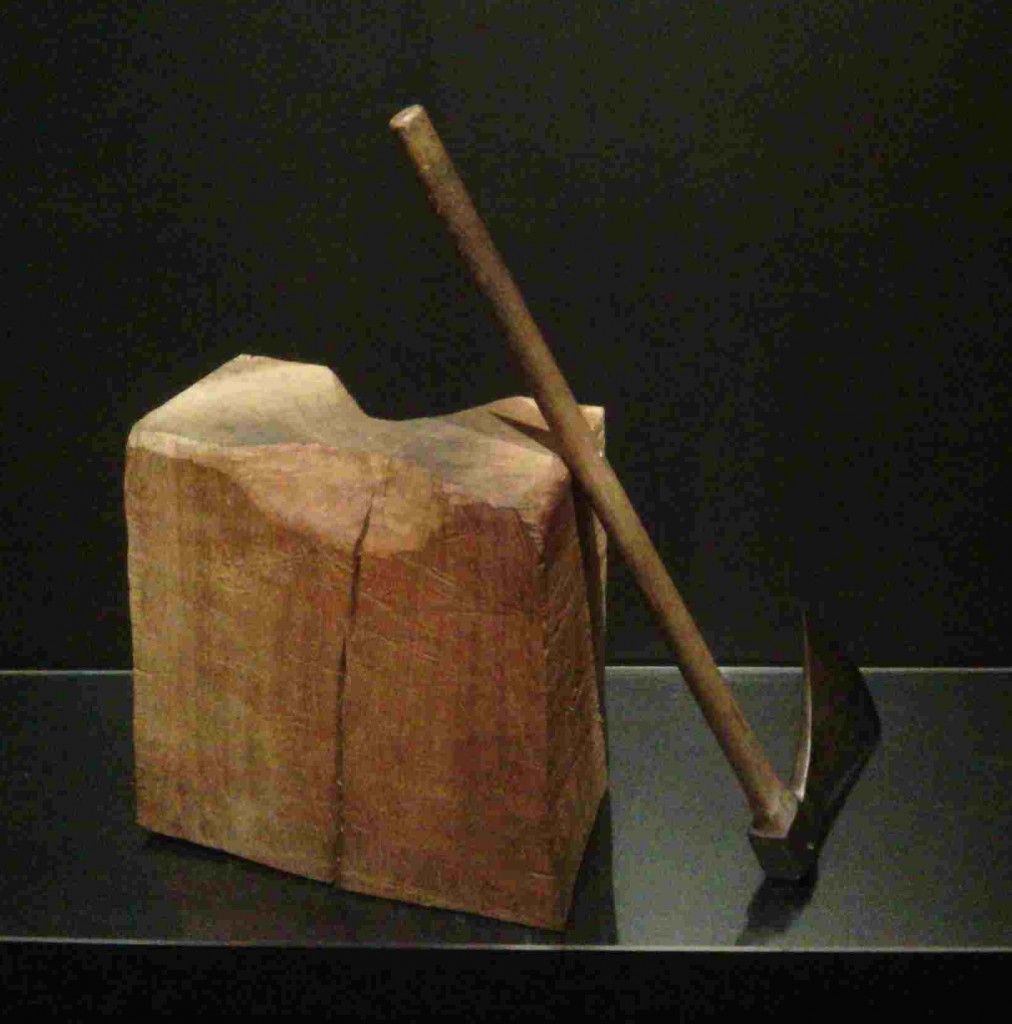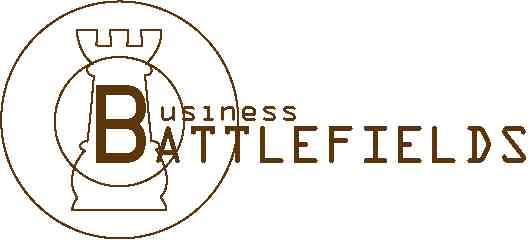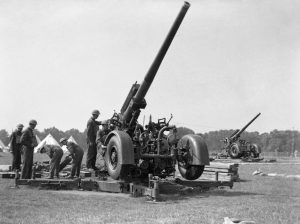
Innovation is a key factor in modern warfare. It is said, often unkindly, that every army prepares to fight the last war. Changes in technology will determine the characteristics of the next war, which will be different to the last. The side that can adapt and innovate fastest is likely to be at an advantage. The story of the 3.7 inch Heavy AA Gun is about the British Army responded to two sets of technical challenges. One is a great success story. The second a failure that has been a puzzle for 80 years.
Two big ideas emerged after the first world war that offered an opportunity to avoid the bloody stalemate of first world war. The advocates of air power claimed that long range bombers could strike the enemy heartlands and industry avoiding the need for bloody land campaigns. Similarly tank enthusiasts argued that a highly mechanized army would cut through slow moving massed armies destroying their command control and logistics, again avoiding the massed slaughter of attrition warfare. Neither idea led to bloodless victory in the Second World War.
The British 3.7 inch (93 mm) Heavy AA Gun had a similar role and performance to the German 88 mm Flak 36 AA gun. However, while the German “88” was famous as an anti-tank gun and the armament for some of the most feared German tanks, the 3.7 inch AA gun was rarely used in that role. Given the reverses that the British army suffered against Rommel’s Panzers in North Africa, this, in retrospect was a mistake. There is much interest in how armies innovate. The story of how the British did not use their heavy AA Guns against Rommel in 1941-42 is a case study in innovation – how not to do it.
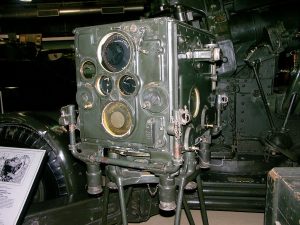
Aimee Fox Godden’s ‘Learning to Fight’ is a study of military innovation in the First World War. She referred to top down, bottom up, horizontal, incidental or external learning. She reviewed the formal and informal mechanisms that the army of 1914-1918 used to transfer learning. There is a language to explore organisational learning in warfare. There isn’t space in this piece to do justice to the topic, but the aim is to with the appetite and inspire someone with the time to carry out the research.
The 3.7 inch AA Gun as an Air Defence Weapon
Between 1915 and 1918 Britain had been the target for the first strategic bombing offensive in history. The modest capabilities of the aircraft of the first world war caused sufficient alarm and damage to force the deployment of hundreds of AA Guns and aircraft and were the catalyst for Britain to form the Royal Air Force the world’s first independent air forces to take charge of the air defence of Britain.
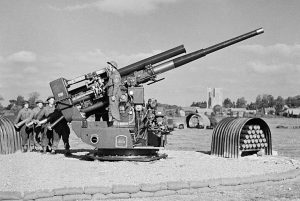
The air defences were swiftly cut back after 1919 as funding was reduced on an annually renewed assumption that would be no war for ten years. However, there were two developments in the 1920s. A joint RAF and Army committee examined the plans that might be needed in the event of a future threat to Britain. Anti-aircraft artillery text-book written in 1925 defined the theoretical requirements of an capabilities of air defence artillery.
The 3.7 inch AA gun originated in a 1928 Royal Artillery Committee minute. By 1933 this had become a General Service Specification for a 3.7 inch gun weighing 8 tons capable of being put into action in 15 minutes and towed at 25 mph. The pilot model passed proof in 1936 and the first production guns were delivered in 1938. Production continued until 1945, with peak monthly production of 228 in March 1942.
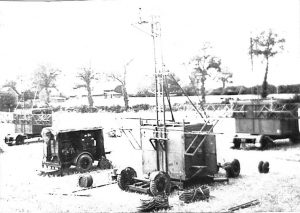
The gun was an advanced weapon for 1936, the gunners received information electronically and only needed to operate the gun controls to keep the gun pointers aligned. The 3.7 inch gun should be seen as part of a weapon system, including the ammunition, warning, detection and fire control technology. Progressive improvements in all of these greatly improved its effectiveness over the course of the war. In its original form the 3.7 inch gun fired a 28lb (12.7kg) HE shell fitted with a powder-burning Fuze Time No 199 to an effective ceiling of 23,500ft using Predictor No1 at a maximum 8 rounds per minute with manual fuse setting and loading. By the end of the war the Mk1-3 equipment firing the same shell with a proximity fuse and predictor No 11 and auto-loading had an effective ceiling of 32,000 and a rate of fire of 32 rounds per minute. In the 1940 blitz 18,500 rounds were fired for each aircraft shot down. By 1944-45 the guns averaged 156 rounds per V1 brought down, over 100-fold, (10,000%) improvement.
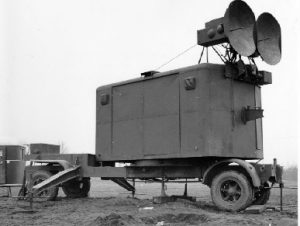
+Initially targets were acquired visually, and the fire control computations made using a mechanical predictor developed in the late 1920s. The discovery of radar made it possible to consider new ways of engaging targets at night or through cloud. The first gun laying radar could only indicate a rough bearing and range, refinements enabled an indication of elevation. The invention of the cavity magnetron in 1940 at Birmingham University led to Canadian and British centimetric gun laying radar introduced at the end of 1942.At the same time fire control equipment was replaced with electromechanical predictors. The American SCR 583 radar arriving in 1943 offered outstanding performance, when used with the American Bell Telephone AAA computer. Another innovations included the Plan Position Indicating screen that showed the now familiar display with the rotating linear time base. American industry developed proximity fuses each containing a radar. These innovations enabled British HAA to play its part in defeating the world’s first strategic bombing campaign mounted by jet powered cruise missiles, the V1 Blitz.
Heavy AA Guns in the Anti-tank Role
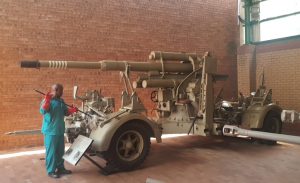
There is less credit in the British story of innovation in the face of the German armoured threat. Indeed the failure to use British Heavy AA in the anti-tank role is also a case study on innovation. Every combatant had heavy AA guns roughly comparable to the 3.7” gun, and by the end of WW2 almost all armed their tanks and anti-tank artillery with guns based on their Heavy AA Guns. The German 88, Tiger, Jagdpanther & Hornisse; the Russian 85 mm in the SU 85 & T34/85,and the US 90 mm in the M 36 tank destroyer and T26 Pershing tanks. Except for the British, who neither used their excellent 3.7” AA Gun nor the 3 inch 20 cwt gun it replaced as an anti-tank gun in North Africa.
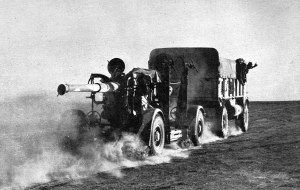
Although, the British faced German armour in 1940, it was the battles in North Africa that tested then British Army against German tanks. Failure to defeat Rommel cost a succession of senior British Generals their jobs – Aukinleck, Wavell, Cunningham, Ritchie and Corbett, and undermined the reputation of the British Army and confidence of its soldiers. Dunkirk revealed that the British army had far too few anti-tank weapons. A problem exacerbated by the loss of guns in the debacle of Dunkirk. Even by May 1942 the 8th Army in North Africa was over 100 anti -tank guns short of establishment.

German doctrine provided for AA Guns to supplement anti-tank guns. In the 1940 campaign one third of the ammunition for Luftwaffe heavy AA Guns was anti-tank shot. German tactic used tanks and anti-tank guns in conjunction. By summer 1942 more perceptive observers had noted that the Germans possession of anti-tank guns that out ranged British tank guns goaded British armour to undertake costly charges to close the range. (1) By El Alamein the Royal Armoured Corps was very wary of the presence of 88s.
There were some attempts to deploy the 3.7” Gun in the field, but only on a small scale and belatedly. Nor was there any systematic attempt to deploy a proportion of British heavy AA guns in the Middle East.
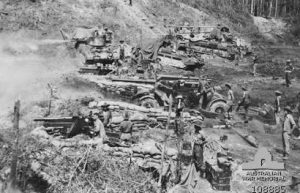
There was no technical reason why the 3.7 inch Gun and the 3 inch 20 cwt gun it replaced could not have been used as anti-tank guns. Besides the 3.7inch AA Gun, around 200 obsolete 3“(76mm) 20 cwt AA Guns were replaced by 3.7 inch HAA Guns. In 1940 in France at least once HAA engaged Germans tanks to great effect. In the UK HAA gun positions were laid out in order to engage an local ground attacks by parachutists and tanks. In the summer of 1941 the General A F Brooke, Commander Home Forces made it his business to test the capabilities of Britain’s anti-tank weapons including HAA. By July at least one 3.7 inch HAA Regiment, 103, was tasked with a secondary anti-tank role, to tackle any German heavy tanks.
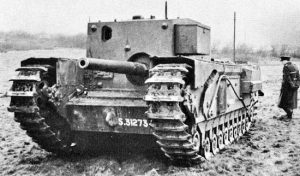
Alanbrooke’s intervention also lead to a plan to assign fifty 3-inch 20 cwt AA guns to be mounted on towed carriages and fifty to be mounted on Churchill tank chassis. None of these activities led to an additional anti-tank weapons in North Africa by summer 1942. The Germans could do this. Major Becker, a German artillery officer with a background in engineering had developed a range of self-propelled guns based on captured British and French AFVs. These included 75mm anti-tank guns and 105mm self propelled howitzers sent to the Afrika Corps. It was not beyond the wit of man for the British to have mounted one of their HAA guns on an armoured chassis. But they did not do so.
What Might have Gone wrong?
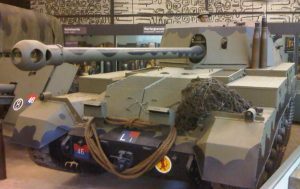
So what might have gone wrong? No one can ever be certain of cause and effect of historic events, and counter factuals are speculation. However, here are some of the factors that may have played a part in the failure to apply HAA as part of the solution to German tanks.
#1 Misunderstand the Problem.
No one at a senior level seemed to grasp the significance of German Heavy AA Guns, used first in North Africa in May and June 1941 to defeat heavy British tanks. After these battles the armoured division commander noted German tactics of luring British armour onto anti-tank guns and an artillery commander noted the Germans were using high velocity AA Guns. But the British did not two and two together and copy these tactics. Instead, there were grumbles about the quality of British tanks, their armour and armament. Over the next year the British learned to fear the “88s”, as any and every German anti-tank gun was regarded. This wasn’t helped by the lack of common doctrine between the Royal Armoured Corps and the other arms.
#2 Ignore the Past.
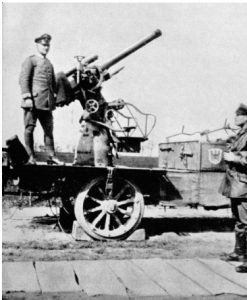
The German Army was the first army to face massed tanks, in the First World War. They had experience of anti tan k warfare. One of their remedies was to employ any artillery in the anti-tank role. Mobile 75mm anti-aircraft guns mounted on trucks were the anti-tank reserve and rushed to the site of tank attacks. The 88mm Flak 36 used by the Wehrmacht was designed to be dual role. German army and Luftwaffe AA units were trained to operate in the ground and anti-tank role. One third of 88mm AA ammunition in 1940 was anti-tank shot. The British closed their minds to the possibility.
#3 Create Organisational Stovepipes.
During the first half of the Second World War the Royal Artillery was divided into AA and Field Artillery. There was no transfer of officers between the branches. Transfer of ideas may also have been hampered by the cultural and social distinction between the field and AA branches. The AA Branches offered fewer routes to front line action for the bold and adventurous. AA Command was so far in the rear that the women of the ATS to serve in many roles. Besides professional status, there was a difference in social status between the officers of the Royal Horse Artillery who supported the armoured divisions and the lower status fish and chip mob regiments of the Heavy AA..
#4 Set blinkered doctrine and procedures
British regulations saw no role for Heavy AA Guns in any field operation and provided no guidance for their use. Most AA Artillerymen were neither trained nor equipped to fight in the ground battle.
#5 Let Internal Politics Get in the Way.
The project to mount 3inch 20 cwt guns on a Churchill tank chassis failed to result in any AFVs in service. The official history of British Armour notes that this gun would have “proved a powerful and effective tank destroyer” but the Royal Armoured Corps and Royal Artillery could not agree who should operate the weapon. Fifty heavily armoured self-propelled guns might have made a big difference in mid-1942 in North Africa.
